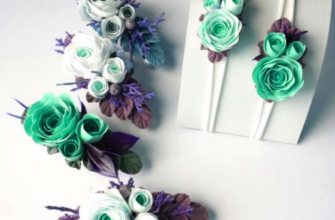Glaze formulation involves a combination of various ingredients, each playing a crucial role in achieving the desired appearance, texture, and functionality of the final glazed ceramic piece. While it’s challenging to pinpoint a single “most important” ingredient, silica stands out as a fundamental component.
The Role of Silica:
Silica, often in the form of flint or quartz, is a key ingredient in glaze for several reasons:
- Glass Formation: Silica is the primary glass-forming ingredient in glaze. During firing, it melts and fuses with other components to create a vitreous and glossy surface.
- Surface Texture: Silica contributes to the texture of the glaze, affecting its smoothness, glossiness, and tactile qualities.
- Thermal Expansion: The coefficient of thermal expansion of silica influences the glaze’s fit on the clay body, affecting the potential for crazing or shivering.
- Color and Opacity: Silica can impact the color and opacity of glaze, especially in combination with other colorants and oxides.
Other Important Ingredients:
While silica is crucial, other ingredients such as fluxes (e.g., feldspar, whiting) play essential roles in glaze formulation:
- Fluxes: Fluxes help lower the melting point of glaze ingredients, promoting proper fusion during firing and contributing to the glaze’s stability.
- Colorants: Colorants, such as metal oxides, are responsible for the glaze’s color and visual appeal.
- Stabilizers: Stabilizers (e.g., clay, talc) contribute to the physical properties of glaze and help prevent settling of glaze particles.
While silica plays a central role, glaze formulation is a delicate balance of multiple ingredients, each contributing to the final characteristics of the glazed ceramic piece.

